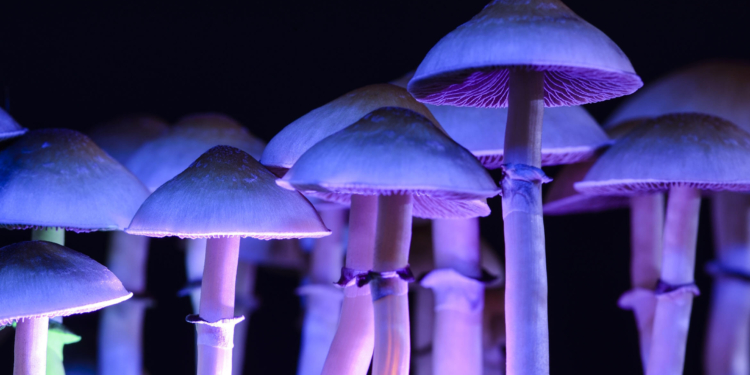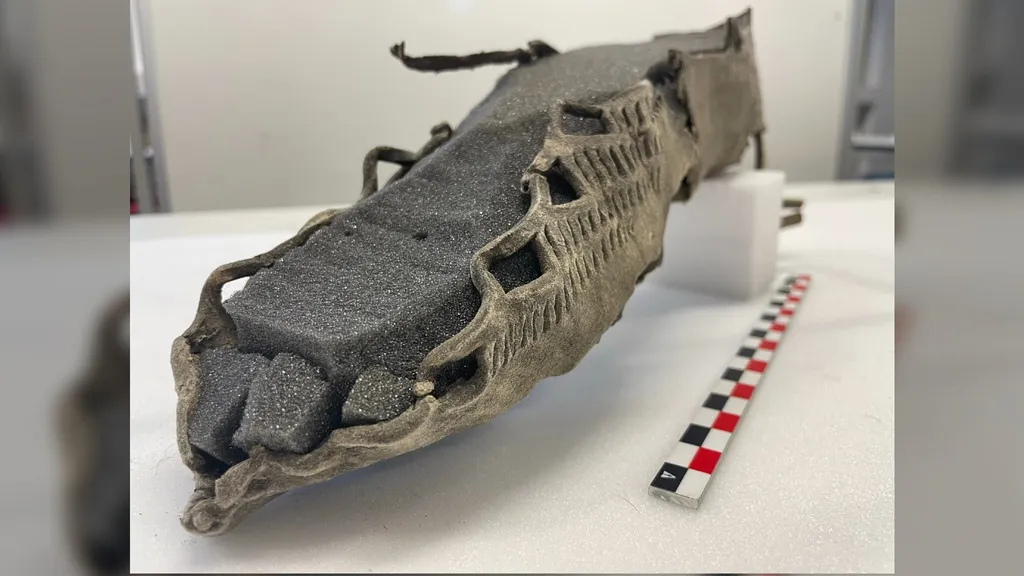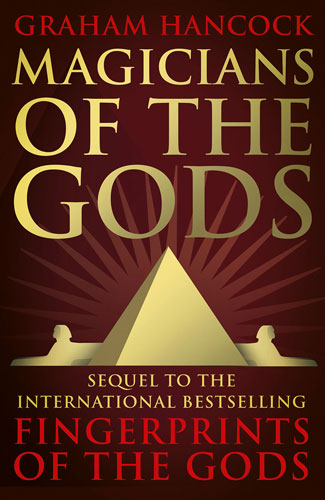News Desk

The two brightest planets will be a beauty to spot if you can find somewhere with a low enough eastern horizon.
Image from: User:1j1z2 (Wiki Commons)

Named Tomlinsonus dimitrii, the species represented by the specimen is part of an extinct group of arthropods known as marrellomorphs that lived approximately 450 million years ago, during the Ordovician period, the research team reported in a new study.

The drug MDMA (3,4-methylenedioxymethamphetamine) might not produce depressive “comedowns” when used in a controlled clinical setting, according to new research published in the Journal of Psychopharmacology.

Psychedelic use has been proposed as a treatment for various substance use disorders, leading people to question if it would be an effective treatment for opioid abuse. A study published in Nature: Scientific Reports suggests that psilocybin use, but no other psychedelics, was linked to lower odds of opioid abuse.

Current global climatic warming is having, and will continue to have, widespread consequences for human history, in the same way that environmental fluctuations had significant consequences for human populations in the past.
An epic migration story is revealed through a piece of pottery.

The sandal reveals that humans historically used the icy pass.

The Large Hadron Collider (LHC) will restart on Friday after a three-year hiatus and is expected to resolve a scientific cliffhanger on whether a mysterious anomaly could point to the existence of a fifth fundamental force of nature.

It’s high time we had a sensible conversation about cannabis reform. From Canada to Georgia, Mexico to Malta, countries around the world are changing their laws. But in the UK the substance continues to be banned. We are failing to keep up with global trends and new thinking.
A research team from the Department of Prehistory, Archaeology and Ancient History of the University of Valencia (UV) has discovered and dated in Aspe (Alicante) an open-air neanderthal habitat over 120,000 years old in the Natural Park of Los Aljezares.

A tranche of documents released to Motherboard through FOIA show the research priorities of the secretive Advanced Aerospace Weapons Systems Application Program.

Our early ancestors probably created intricate artwork by firelight, an examination of 50 engraved stones unearthed in France has revealed.

Surface features similar to ones seen on Greenland ice sheet suggest underground liquid water that could host organic matter.

Experts have developed new ways of visually representing ancient objects such as stone tools and fossils developing technologies currently only used in video games and computer graphics.

In a country with conflicting legal and social attitudes to marijuana, this idyllic cafe wants to break the stigma around the persecuted plant.

A unique rock formation in China holds clues that tectonic plates subducted, or went underneath other plates, during the Archean eon (4 billion to 2.5 billion years ago), just as they do nowadays, a new study finds.








